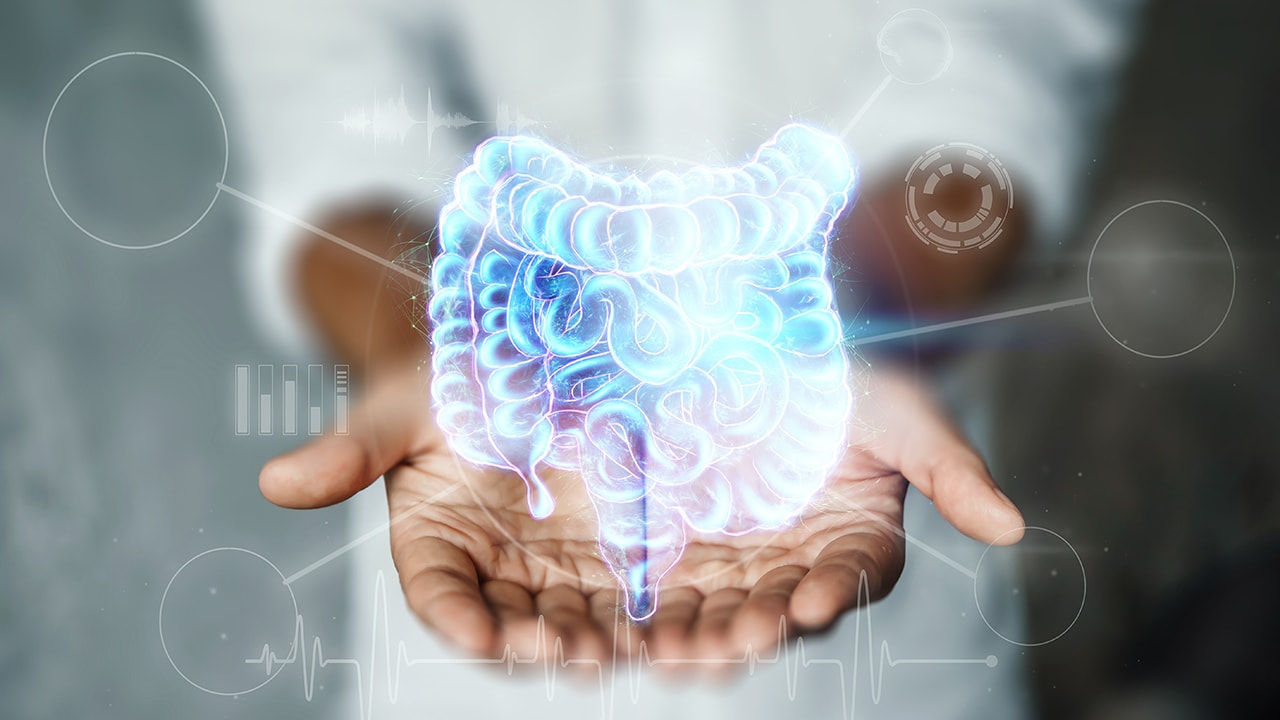Abstract and Introduction
Abstract
Background and Aims: While post-inflammatory polyps (PIPs) have historically been a risk factor for colorectal neoplasia (CRN), histologic activity may explain this association. We aimed to assess the impact of histologic activity on CRN occurrence in IBD patients with colonic PIPs.
Methods: Patients with PIPs on surveillance colonoscopy at Saint-Antoine hospital between 1 January 1996 and 31 December 2020 were included and subsequent colonoscopies were assessed. Histologic IBD activity was assessed by the Nancy histologic index. Survival and Cox regression analysis were performed to assess the strength of the association of PIPs and other patient variables with progression to CRN.
Results: A total of 173 patients with at least two surveillance colonoscopies with PIPs at index colonoscopy were compared to a similar group of 252 patients without PIPs. In survival analysis, the presence or PIPs at index colonoscopy did not impact the risk of CRN in patients with histological inflammation (p = 0.83) and in patients without histological inflammation (p = 0.98). The risk of CRN was associated with increasing Nancy index score of 3 or 4 (HR: 4.16; 95% CI 1.50–11.52 and HR: 3.44; 95% CI 1.63–7.24), age (HR per 10-year increase: 1.37; 95% CI 1.13–1.66) and first-degree family history of colorectal cancer (HR: 5.87; v 1.31–26.26), but not PIPs (HR: 1.17; 95% CI 0.63–2.17).
Conclusions: After controlling for histologic activity, PIPs do not increase the risk of CRN in IBD patients. Histologic activity rather than PIPs should be considered in the risk assessment of CRN.
Introduction
Patients with colonic inflammatory bowel diseases (IBD) have an increased risk for colorectal neoplasia (CRN) after 7–10 years of disease evolution.[1] This risk is stratified into high-, moderate- and low-risk categories by current guidelines, corresponding to endoscopic surveillance intervals of 1–5 years.[2] The risk is mainly related to the occurrence of primary sclerosing cholangitis, personal history of CRN or first-degree familial history, IBD disease extent or histologic disease activity. As a feature of chronic inflammation, the presence of post-inflammatory polyps (PIPs) also known as 'pseudopolyps', was historically considered as a risk factor for neoplasia but these initial findings were followed by studies concluding to the absence of increased risk.[3,4] Recently, in a large retrospective cohort, PIPs were not associated with a higher risk of CRN.[5] In this study, histologic disease activity was not assessed, while histologic disease activity assessed by the Nancy histologic index has been associated with an increased risk of CRN and should be considered in the neoplasia screening strategy.[6] The first association observed between the presence of PIPs and the risk of colonic neoplasia may be explained by concomitant histologic disease activity, but the risk of colonic neoplasia in patients with PIPs according to histologic disease activity is unknown. Clarifying the impact of PIPs on colorectal neoplasia considering histological inflammation could help to guide the risk stratification in patients with PIPs. In this study, we aimed to assess the impact of histologic activity on CRN occurrence in IBD patients with colonic PIPs and to confirm the lack of influence of PIPs on CRN development.
Aliment Pharmacol Ther. 2023;57(12):1445-1452. © 2023 Blackwell Publishing











